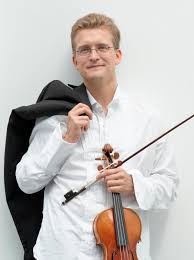
First of all I just want to say wow… just wow. This production was so well put together and performed. It was incredible. Incredibly incredible. For those who don’t know what the “What’s Your Story?” event was, it is an innovative play, new this year, created from the stories of students around campus. Anonymous stories were requested and received and then retold through the talent of actors from our campus. It contained a spectrum of different stories, from ridiculous exploding thermoses anecdotes to dramatic coming out and soul searching tales. The show was deeply emotional, yet still provided us with the comedy that makes our weekends so great.
The Pendleton Room in the Union was a terrible choice for venue. It was way too small for the huge crowd gathered to attend. Many of us were left standing around the edges listening intently to each portrayal, the standing of which is really just a reflection of how big the event was. No matter, it was worth standing, and definitely worth the small $5/person donation requested. All proceeds went to a good cause to help high-schoolers in Ann Arbor: The Neutral Zone, which is a place that teenagers can go to hang out and to receive guidance.
There were so many good stories and amazing actors to relive them. The setting is a street in Ann Arbor where a table is set up with a woman collecting stories in anonymous journals. Actors approached the table and delivered their reflections to the audience. One girl read us a letter written for her ex-boyfriend. She explained what he had done to her and how he had so easily forgotten her once she went to school. It was such a great performance, the actress actually cried as she poured her heart out on stage.

Another one of my favorites was one about a girl that had a secret. She never told anyone, but she had spent four months in a psychiatric hospital for an eating disorder. No matter how close her friends were, she couldn’t bring herself to tell them, so she wrote it in this journal. And of course there was a great coming out story from the flamboyant and energetic guy. He told us all about how his Jewish parents accepted it so easily and tried to help him find boyfriends and about how the CAPS program at the University helped him through his own problems with his sexuality. His story was funny and emotional as it needed to be.
“What’s Your Story?” reminded me of Yoni Ki Baat’s show, except that it was about different issues. Both are poetic masterpieces, but in this case I think that the actors in WTS were closer to the pieces they were performing. Where I had seen disconnects in YKB’s show, I saw none in “What’s Your Story?” The actors all seemed more genuine and realistic with their stories.

I really hope that this show comes back next year. I think it would be an awesome production to take part in, whether sending in a story of my own or acting in. Leaving the Union (and heading to support friends at Dance Marathon) I started to think of my own story and its many values. That is what I think this show was trying to leave us with. And I am so glad that arts@Michigan was able to help put this on. Just another reason I should thank my fabulous employers!

As Always,
This is Danny Fob: Artist and Art Reviewer








